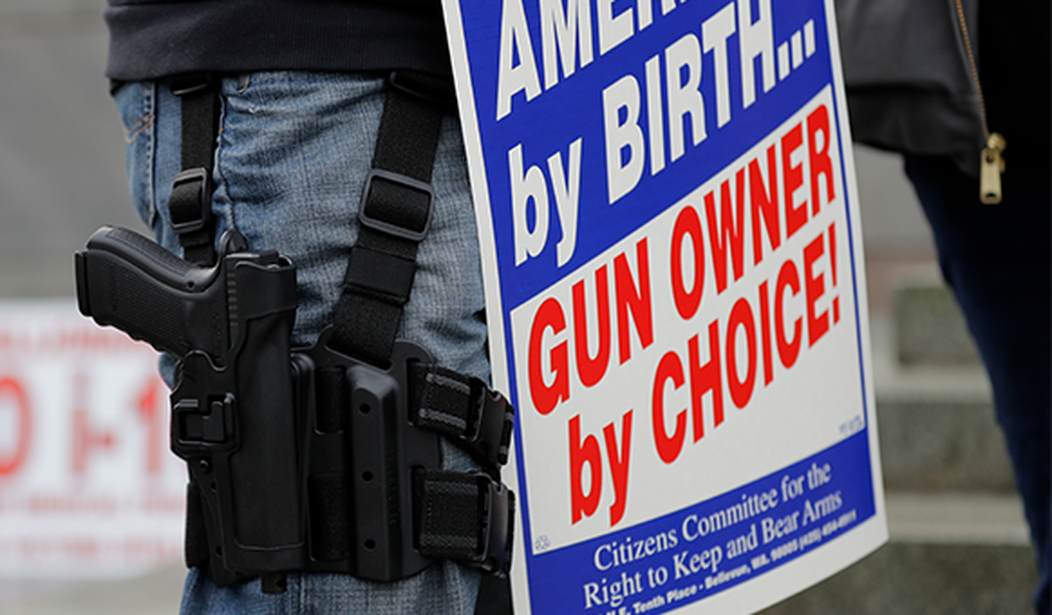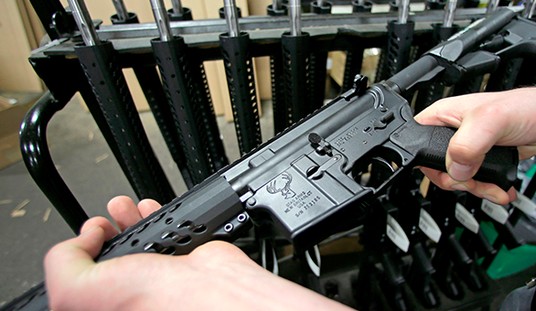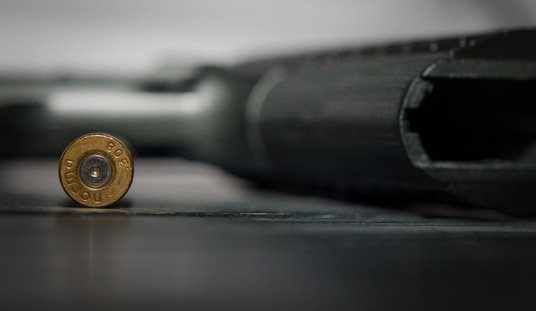North Carolina is a pretty pro-gun place. They’re not at the tippy-top of the list of pro-gun states, but they’re not remotely near the bottom, either. They’re fairly pro-gun.
Unless, of course, you’re in Wake County.
See, Wake County is a unique place within the state. While they’re bound by the same laws as the rest of the state, the local sheriff has been taking his sweet time issuing permits regardless of what the law mandates. It took a lawsuit to get him off his duff and get to work on the issue.
Now, within that same county, one town has decided to limit open carry regardless of state preemption laws.
The Holly Springs Town Council gave preliminary approval to a ban on the open carrying of deadly weapons in public parks and town buildings.
The Tuesday night vote was 3-2 for the ordinance, or local order, which will return for a final vote Sept. 15 and take effect six months after that.
The ordinance will make it illegal to openly carry, possess or display deadly weapons, including guns, knives or blades longer than three inches, as well as BB guns and pellet guns in specific parks and town buildings in Holly Springs, which has about 38,000 people.
Now, it doesn’t actually impact people with concealed carry permits from carrying concealed.
Of course, does this actually run afoul of North Carolina’s preemption law?
Like many preemption laws, North Carolina’s does give local governments some authority to ban certain things. One common example is banning the discharge of a firearm within the city limits. However, Holly Springs is far from the first city to ban open carry to some degree within the city and those other laws are all still on the books.
However, that’s probably because it appears no one has challenged them on it.
Looking at North Carolina’s preemption law, I don’t see anything that actually permits this sort of act on the part of a local government. I’m not an attorney in the state (or anywhere else for that matter), so maybe it’s hiding in some other section of law. At least one attorney does seem to believe an ordinance such as this is fairly legal.
An example of a regulation that is within the power of local government is the power to prohibit open carry in “public‑owned buildings, on the grounds or parking areas of those buildings, or in public parks or recreation areas.” G.S. 14-409.40(f). (Concealed carry in some of those areas may be permissible, but that’s a subject for another day.)
However, it appears that local governments do not have the authority to ban open carry completely, even on public property such as streets and sidewalks. One could argue that such authority exists under two statutes, both of which are recognized as exceptions to the statewide pre-emption laws:
- G.S. 160A-189, which allows cities to “by ordinance regulate, restrict, or prohibit the discharge of firearms at any time or place within the city except when used in defense of person or property or pursuant to lawful directions of law‑enforcement officers, and [to] regulate the display of firearms on the streets, sidewalks, alleys, or other public property.”
- G.S. 153A-129, which allows counties to “by ordinance regulate, restrict, or prohibit the discharge of firearms . . . except when used to take birds or animals . . . when used in defense of person or property, or when used pursuant to lawful directions of law‑enforcement officers. A county may also regulate the display of firearms on the public roads, sidewalks, alleys, or other public property.”
But reading the power to “regulate the display of firearms” to allow local governments to ban open carry in public is probably wrong for two reasons. First, it would be unconstitutional under Kerner. As the court noted, “[t]o exclude all pistols, however, is not a regulation, but a prohibition, of arms which come under the designation of ‘arms’ which the people are entitled to bear.” Second, such a reading ignores the fact that both statutes allow local governments to “regulate . . . or prohibit” the discharge of firearms, but only to “regulate” the display of firearms. The lack of parallelism appears to be intentional. Therefore, although the precise extent of local government authority isn’t clear, and a variety of local regulations might be permissible, a complete ban on public open carry does not appear to be.
So while there does appear to be some legal framework backing up Holly Springs, I’m not convinced. Maybe someone will challenge this regulation. My hope is that it would be struck down.
The truth is, people openly carrying firearms rarely represent a threat to peaceful, law-abiding citizens.








Join the conversation as a VIP Member